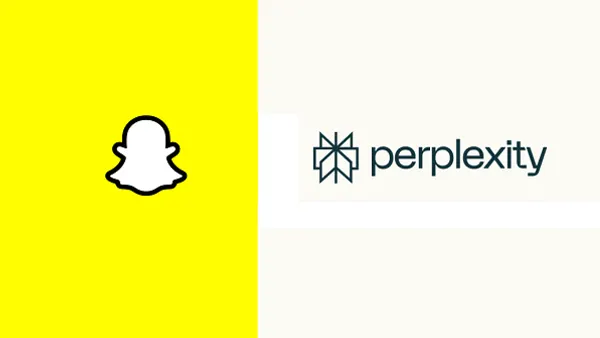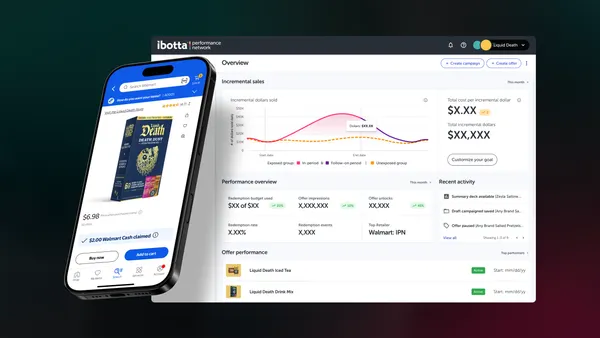Dive Brief:
- Ads that appear near negative content cause a 2.8 times decrease in consumer intent to associate with the brands, according to "The Brand Safety Effect," a new media trial study by brand safety company CHEQ, IPG Mediabrands, BMW, Magna and a leading online entertainment platform.
- Two-thirds of consumers who expressed a high purchase intent for a brand were less likely to purchase from the brand after being exposed to an ad from the same company that appears with unsafe content, per findings shared with Marketing Dive. A key takeaway from the research is that consumers believe brands intentionally place their ads next to content, which results in these consumers questioning a brand's motives when the content is negative or unsafe.
- More than 2,000 consumers were surveyed about their reactions to ads that appeared next to three kinds of "negative content," such as generally unsafe content like a school shooting, brand-averse content (for example, an airline ad appearing next to a news story about an airline forcibly removing a passenger) and vertical-averse content, like a soda ad appearing with diabetes-related content. When ads appear in these types of locations, consumers were 4.5 times more likely to think brands don't care about them and 3 times more likely to feel that the brand isn't "in the know." Consumers' brand quality perception decreases by 7 times, and consumers are 50% less likely to recommend the brand.
Dive Insight:
The study highlights the potential risk for brands when they prioritizing reaching customers wherever they go online and media price efficiency over quality. With consumers believing that ads placed next to negative content were intentionally put there, this can have a negative impact on a brand's reputation. Brand safety is an issue that has been plaguing the digital marketing space, and several high-profile incidents of ads appearing next to negative or inappropriate content have put a spotlight on the issue.
Consumers, particularly younger demographics, seek out brands that align with their own beliefs and values, and expect brands to take a stance on political issues or social causes. They are also more likely to hold brands accountable for their actions than in the past and wield considerable power on social media, which can cause PR headaches in cases of brand missteps or brand safety issues.
The involvement of big names, like BMW and IPG Mediabrands, in the study signals that the marketing industry is taking steps to create a safer, more transparent ad ecosystem. Trade association 4A’s unveiled the Advertiser Protection Bureau, where agencies collectively share the responsibility of creating a community to protect the health of all brands while keeping consumers safe. IPG Mediabrands is a founding member of the APB, which introduced a process to flag “risky environments” and agency groups will work together to notify one another when they see ads in unsafe environments.
Seventy-five percent of companies report being exposed to brand safety issues, but only 26% have taken some kind of action, and 15% haven’t adjusted their strategies at all, according to research by GumGum and Custom. Another study by Sizmek found that four in 10 brands report delivering ads on unsafe websites, but 64% find it tough to implement an effective brand safety strategy, and 64% think achieving brand safety can negatively impact how quickly a campaign optimizes.












